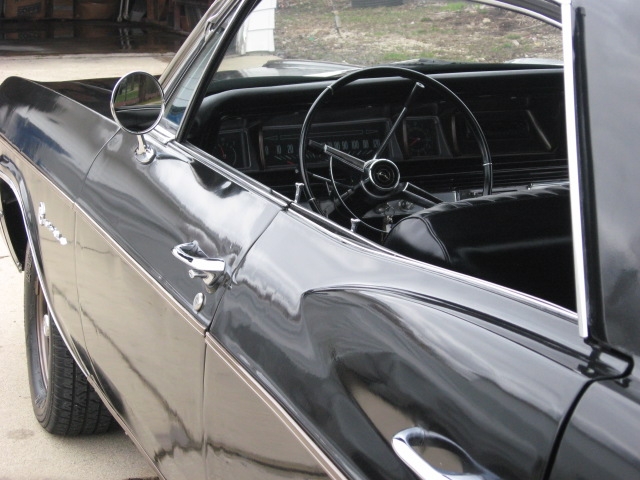
The body lines and creases on your vehicle are one of the first things noticed when your car is viewed. If the crease and profile lines are not straight it can sure reflect a poor and sloppy appearance of the car.Getting those edges straight and all the dings out of them will take a little effort, but it's worth it. You may have to repair a small area from a minor accident or ding or possibly rebuild an entire line. In any case I hope to offer you some solid advice to help you along.
Some lines and creases have a sharp edge and others may be more subtle. The process to get them straight is basically the same. To determine the areas view the profile of the crease from numerous angles and then mark off the areas that need correction with a pencil.

Sand down the body line area to be rebuilt using 120 to 320 grit sandpaper. Be sure to use a block sander to promote even sanding. Sand out past both ends of the repair area as well as above and below the area. You do not need to get to bare metal, but be sure to remove clear coat and at a minimum rough up the existing paint. Be careful not to sand so hard that you create more repair work for yourself. Always sand in harmony with the crease or line and not across it as this may create more damage.

Wipe off any sanding dust with a clean cloth and then wipe with a solvent or wax and grease remover. After this spray 2 to 3 coats of high build or acrylic primer over the work area.

After the primer is dry run painters tape across the line to be worked on. Get the edge of the tape just across the middle covering either the lower or upper half only since you will be working on one side at a time.

If filling is required to level out the edge or crease, apply now and when dry use the longest block sander and working with 320 grit paper, run the block back and forth evenly up to the tape line. The object is to get the compound flat but at the same time leaving enough compound to remain in the filled area. For rough edges of compound that may not be removed with the sanding block you may use 120 grit paper and by hand, very lightly feather edge the filler out so it is flush with the surrounding surfaces. You can follow up when finished with 600 grit paper to eliminate scratches from the coarser papers.

Remove the tape and place a new piece of tape very evenly along the same line repeating the process on the other side of the crease you have not worked. Finish off here by running the sanding block over the center of the crease. Bring down the sharp edge evenly to match up with the original body lines. This takes a light and thoughtful touch as you work as a sculptor would.

Remove the final tape and spray the entire work area with more high build primer. Stand back now and see if the line is straight. If not, use more filler and repeat the above steps until you are satisfied. Don't be disappointed if you need to repeat the steps as this job does require some artistic talent, patience and a light touch.

When you are satisfied with your work spray with finish primer and then a primer sealer and you should now be ready for fresh paint.
